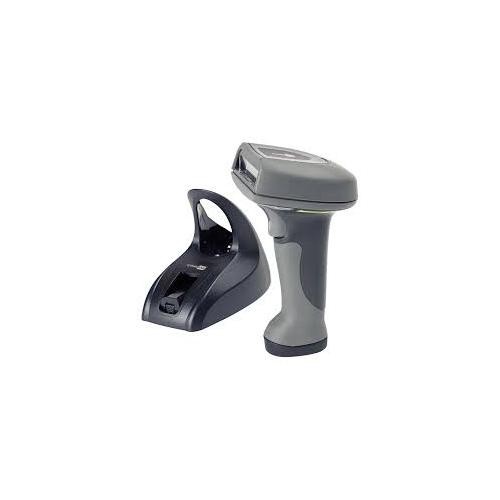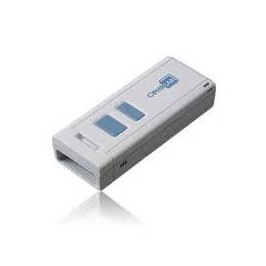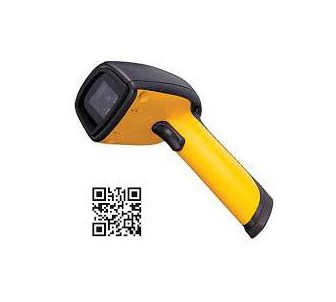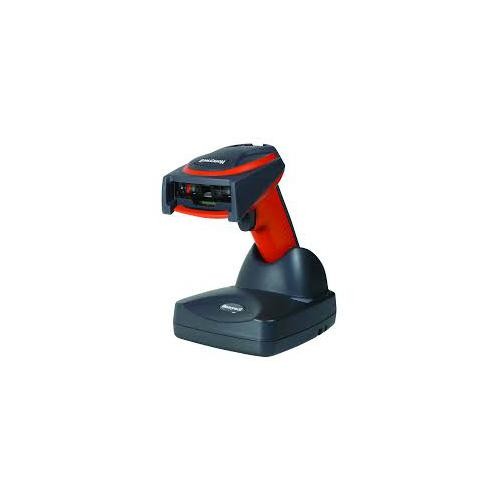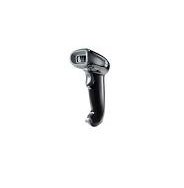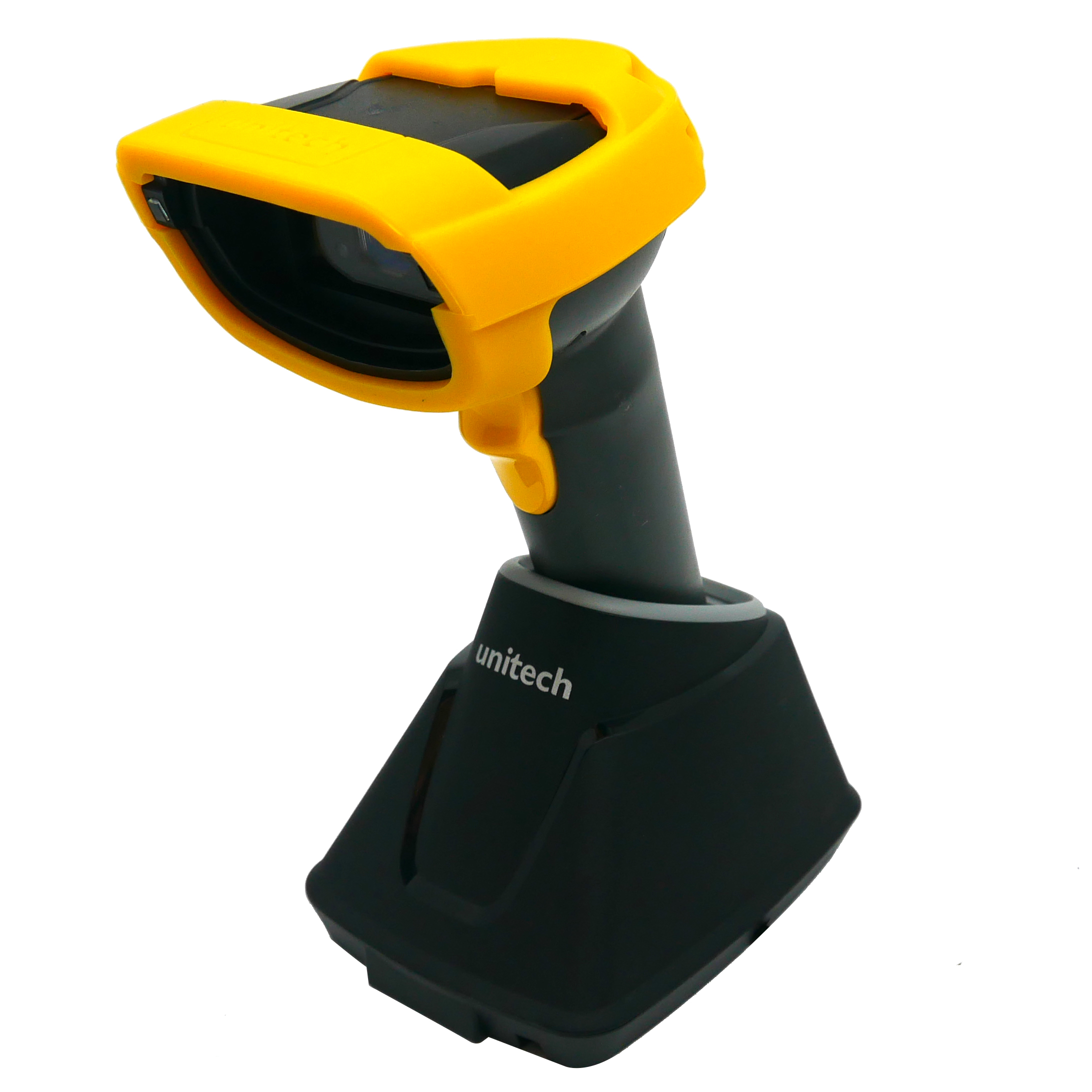Welcome to the world of Bluetooth, a versatile wireless technology that has transformed the way we connect and communicate across devices. Bluetooth technology, named after a 10th-century Danish king, enables short-range communication between devices without the need for physical cables. Explore the features and benefits of Bluetooth:
- Wireless Connectivity: Bluetooth provides seamless wireless connectivity between devices, allowing them to communicate and exchange data over short distances. This eliminates the need for physical cables and promotes a clutter-free environment.
- Compatibility Across Devices: One of Bluetooth’s key strengths is its widespread compatibility. It is a standard feature in a wide range of devices, including smartphones, tablets, laptops, headphones, speakers, printers, and more, making it a universal communication protocol.
- Ease of Pairing: Pairing Bluetooth devices is a straightforward process. Users can easily connect their devices by initiating the pairing process, often involving a simple confirmation or code entry. This ease of use enhances the overall user experience.
- Low Power Consumption: Bluetooth technology is designed for low power consumption, making it suitable for battery-powered devices such as headphones, fitness trackers, and smartwatches. This efficiency contributes to extended battery life.
- Short-Range Communication: Bluetooth operates over short distances, typically within a range of about 10 meters (30 feet). This short-range communication is ideal for personal area networks, connecting devices in close proximity without interference.
- Bluetooth Profiles: Bluetooth supports various profiles that define the specific capabilities and functionalities of connected devices. Examples include Hands-Free Profile (HFP) for hands-free calling and Advanced Audio Distribution Profile (A2DP) for streaming high-quality audio.
- Data Transfer: Bluetooth facilitates the transfer of data between devices, including files, photos, contacts, and more. This capability is often used for quick and convenient sharing of information between smartphones, tablets, and computers.
- Audio Streaming: Bluetooth enables wireless audio streaming, allowing users to connect headphones, speakers, or car audio systems to their devices without the need for physical connections. This is a popular feature for enhancing the listening experience.
- Bluetooth LE (Low Energy): Bluetooth Low Energy (LE) is a power-efficient version of Bluetooth, designed for devices with limited energy resources. It is commonly used in IoT devices, wearables, and other battery-powered applications.
- Hands-Free Calling: Bluetooth technology is widely used for hands-free calling in vehicles. Bluetooths-enabled car systems allow users to make and receive calls without touching their phones, contributing to safer driving practices.
- Device Interoperability: Bluetooths ensures device interoperability, meaning that devices from different manufacturers can seamlessly connect and communicate. This interoperability is a key factor in the widespread adoption of Bluetooths technology.
- Security Features: Bluetooths incorporates security features, including encryption and authentication, to protect data during transmission. This ensures that sensitive information shared between devices remains secure and private.
- Multi-Device Connectivity: Many Bluetooths -enabled devices support the simultaneous connection of multiple devices. For example, a Bluetooths speaker can connect to multiple smartphones, allowing users to take turns playing music.
- Integration with Smart Home Devices: Bluetooths technology is integrated into many smart home devices, enabling users to control lights, thermostats, locks, and other smart appliances directly from their smartphones or tablets.
- Dedicated Support and Updates: Bluetooths technology is continuously evolving, with regular updates and improvements. This dedication to innovation ensures that Bluetooth remains a relevant and reliable wireless communication standard.
Choose Bluetooths for its universal compatibility, ease of use, and versatility in connecting a wide range of devices. Whether you’re streaming music, sharing files, or connecting peripherals, Bluetooths technology enhances the convenience and efficiency of wireless communication in our interconnected world.

